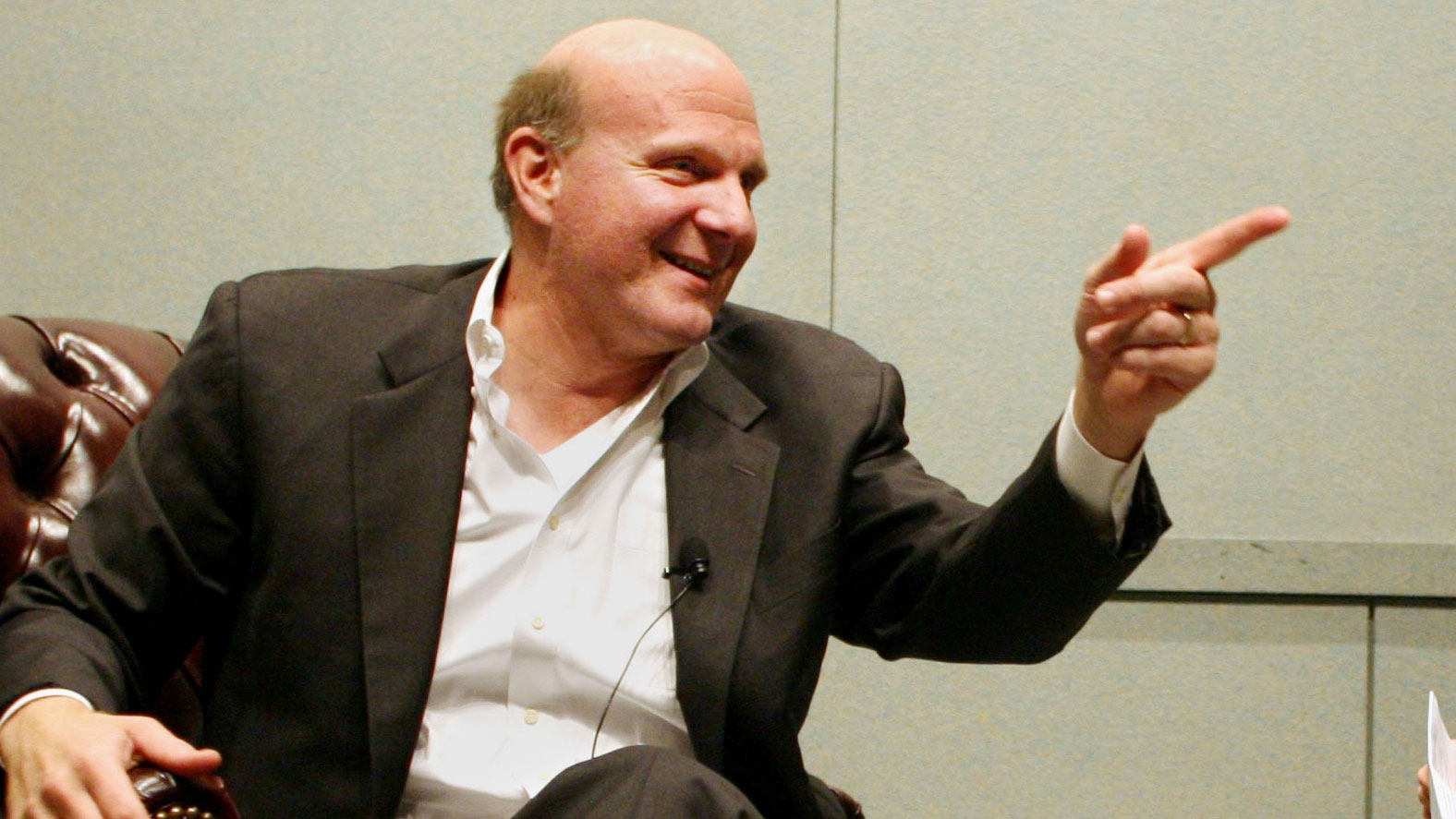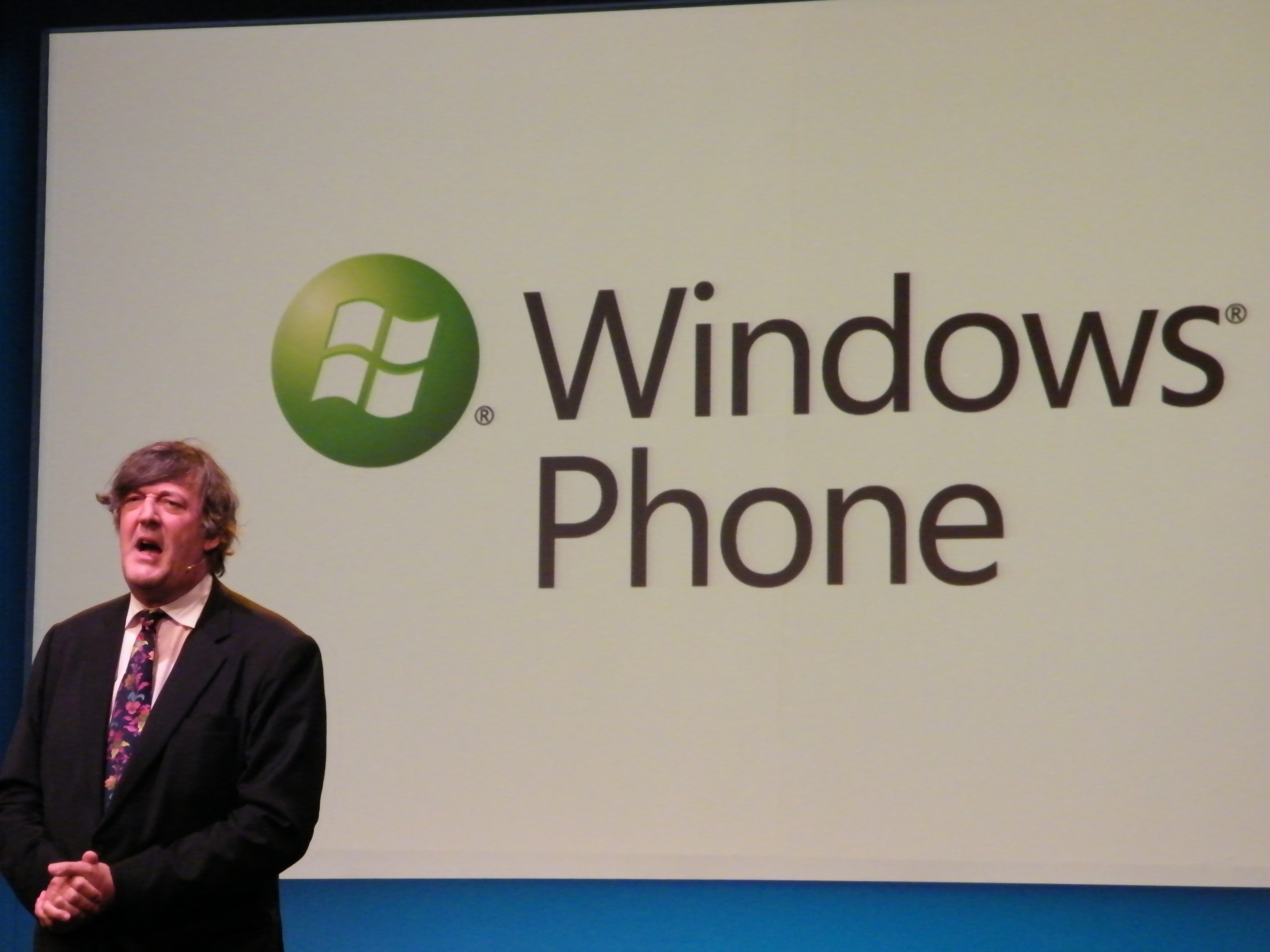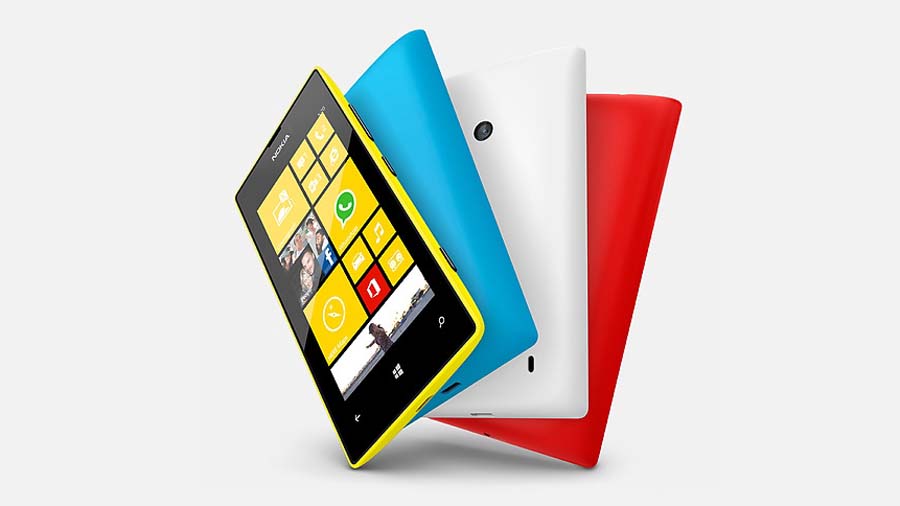Buying Nokia wasn't Microsoft's biggest mistake – this was
Windows Phone could have been a contender

I remember when I first saw Windows Mobile running on a variety of phones, at a packed launch event that included a validation from Apple lover Stephen Fry. It was set to be a brave new world, one where the three horse race (remember, RIM's BlackBerry OS was a thing back then) would be joined by a powerful fourth.
Windows Mobile (the prior incarnation of Microsoft's Mobile OS) was a curious thing before 2010, a powerful operating system that was ravaged by age. It was all function and no beauty in a world where simplicity and smoothness were becoming necessary factors in a smartphone purchase.
- Behind the scenes of Windows Phone 7 - how Microsoft planned to make it a success
So with the reboot to the new tiled interface, combined with all the enterprise, security and software smarts of Microsoft, things looked rather rosy. Yes, it was going to be a tough road, but all the pieces were there.

And then Nokia joined the party, and that's when things looked set to become turbocharged. I remember Gartner predicting in 2012 that Windows Phone would be nicking 20% of the world's smartphone share in 2015, with iOS slipping behind thanks to a dedicated belief in a single phone model.
Today, with Microsoft laying off thousands of staff members from the smartphone division and massive question marks hanging over the future of phone production by the brand altogether, I can't help but feel Windows Phone took a really wrong turn when Microsoft and Nokia got much cosier.
There was a point in 2012 Redmond brand made 'support payments' to Nokia, to the tune of millions of dollars (which was to be paid back later down the line when the higher sales would trigger royalty payments back to Microsoft), to be a premium partner to the mobile platform - and at that point the two brands should have realised that going after the big game, halo products was a bad idea.
As soon as Windows Phone 8 appeared it was clear high-end phones weren't going to cut it. The other big brands stopped making Windows Phones in the volumes they once were, not willing to gamble on the unproven OS again.
Get daily insight, inspiration and deals in your inbox
Sign up for breaking news, reviews, opinion, top tech deals, and more.
But when the Nokia Lumia 520 landed, it was a sensation, a super cheap smartphone with a virtually identical interface to the one you'd find on a phone five times the cost.
Sure, the hardware was much poorer: the camera was terrible, the engine inside underpowered and the screen quality awful - but it was five times as cheap. You could have one of these for every working day of the week, if you wanted to really irritate yourself between each weekend.
Samsung has the same strategy but has made it work well. You can buy a super-cheap Galaxy handset, or spend multiple times that amount to get something like the Galaxy S7 Edge. But unlike the Windows Phone range, Android has some serious clout when it comes to development, functionality and, most importantly, an app ecosystem.
Talk to anyone that uses a Windows Phone and they'll largely be disparaging for one reason: talking about how many apps they can't use because they're not available. Microsoft acknowledged this problem and tried its damndest to attract developers - but without a large user base, app creators just weren't interested. Even those that did make an app didn't update them as frequently.

Microsoft's mistake was not realising that from Windows 8 onwards, pushing brands to pack the easy-to-use operating system into even lower-end phones than the Lumia 520, bringing a premium experience and platform to the really cheap markets. Low margins, sure, but it would have had a much wider user base - the same thing that's now working for Xiaomi.
If you look at the most popular Windows Phone handsets in the past five years, after an early surge of high-end devices (which were all that was on offer from a variety of top-end brands) the lower end phones took the crown: the Lumias 520, 620, 530 and 640 all outshone their more expensive brethren as people not willing to spend hundreds on a new phone hoovered up these handsets from a well-known brand.
In fairness to Microsoft, once the ink was dry on the Nokia purchase it didn't make another high-end phone until the Lumia 950 pair running Windows 10 Mobile - but by April 2014 it was too late.
If Windows Phone had truly dominated the low-end smartphone arena as it could, it would have nabbed market share that would have been golden to Microsoft. Developers would have started to trickle in, attracted by the scale. The phones would have become more attractive to both users and app makers.
And in the alternate timeline, Microsoft's Terry Myerson could have strode out on stage at the end of this year, whipped out the Surface Phone and driven a crowd into a frenzy, media outlets predicting that this was the phone that should have Apple and Google running scared.
But while 2012's predictions for iOS are largely true (it managed only 13.9% compared to the 17.2% predicted in 2015, according to IDC) the excess wasn't taken by Windows Phone, but by an army of supercheap Android phones.
A chance Microsoft missed.
Update: This article was modified to correct the assertion that Microsoft continued to make flagship phones after the Nokia purchase talks began, when these were still branded Nokia.

Gareth has been part of the consumer technology world in a career spanning three decades. He started life as a staff writer on the fledgling TechRadar, and has grew with the site (primarily as phones, tablets and wearables editor) until becoming Global Editor in Chief in 2018. Gareth has written over 4,000 articles for TechRadar, has contributed expert insight to a number of other publications, chaired panels on zeitgeist technologies, presented at the Gadget Show Live as well as representing the brand on TV and radio for multiple channels including Sky, BBC, ITV and Al-Jazeera. Passionate about fitness, he can bore anyone rigid about stress management, sleep tracking, heart rate variance as well as bemoaning something about the latest iPhone, Galaxy or OLED TV.